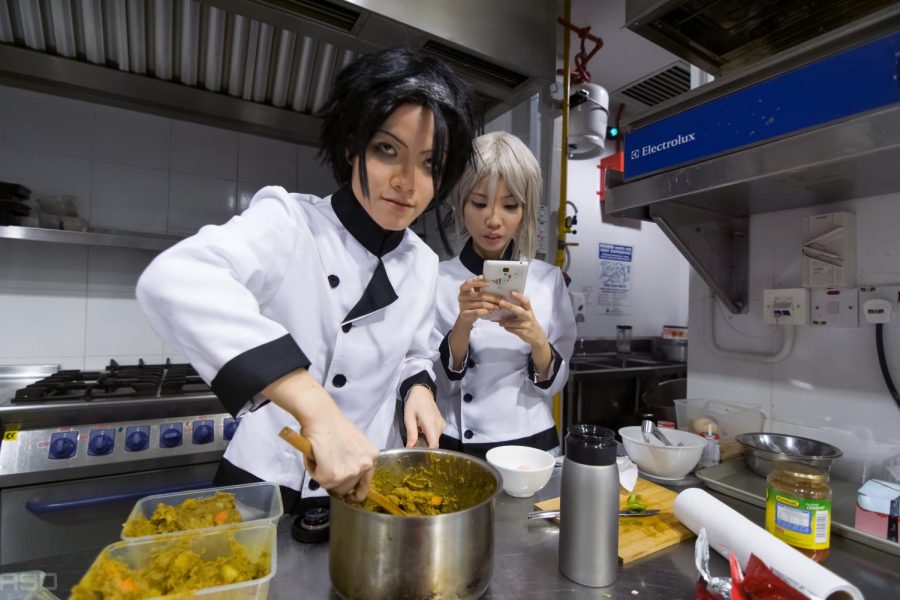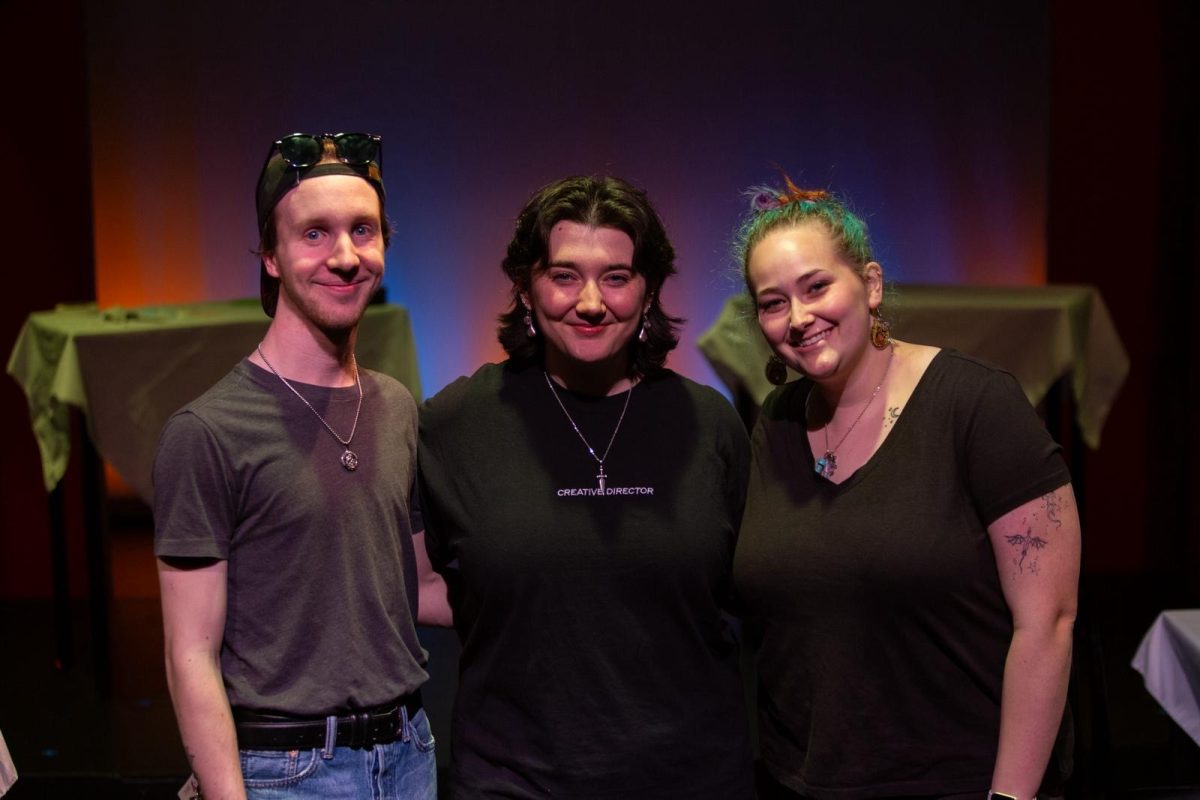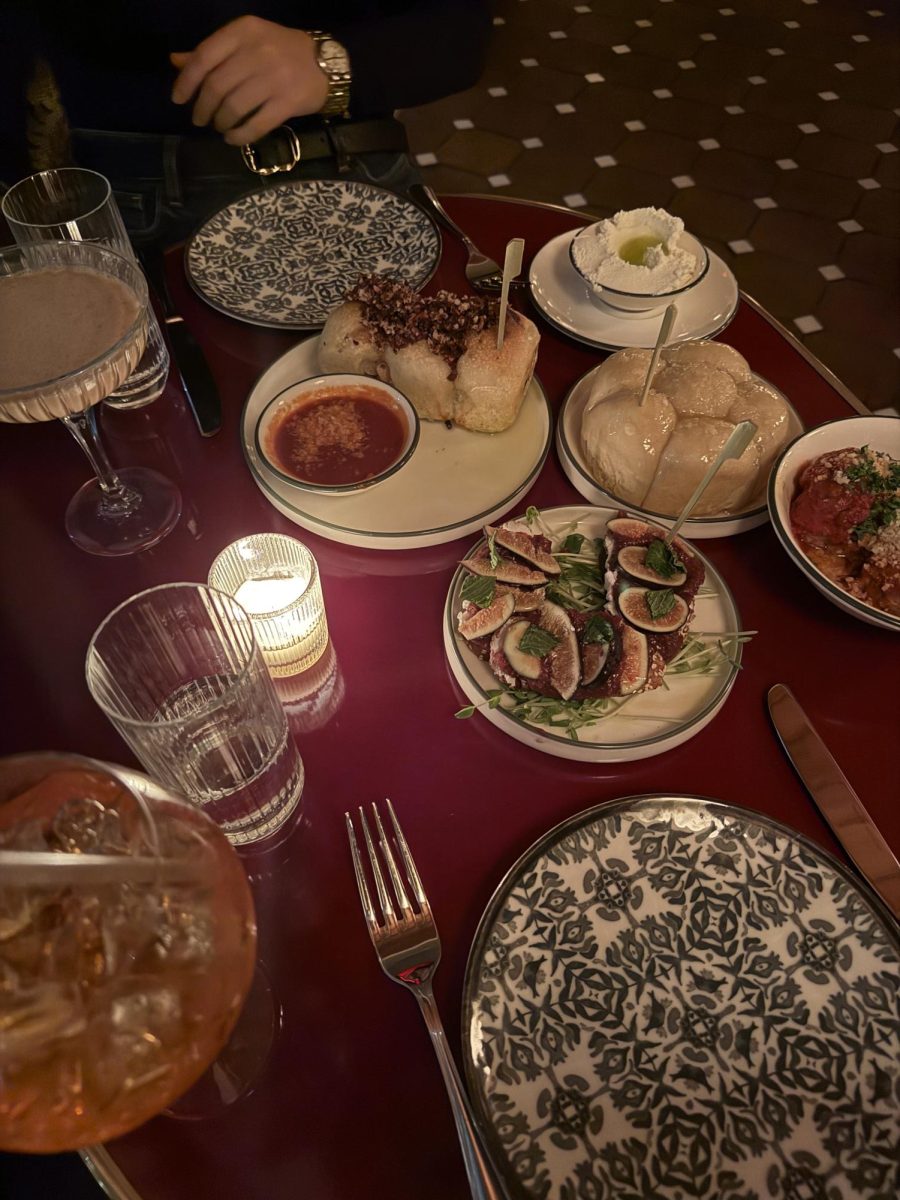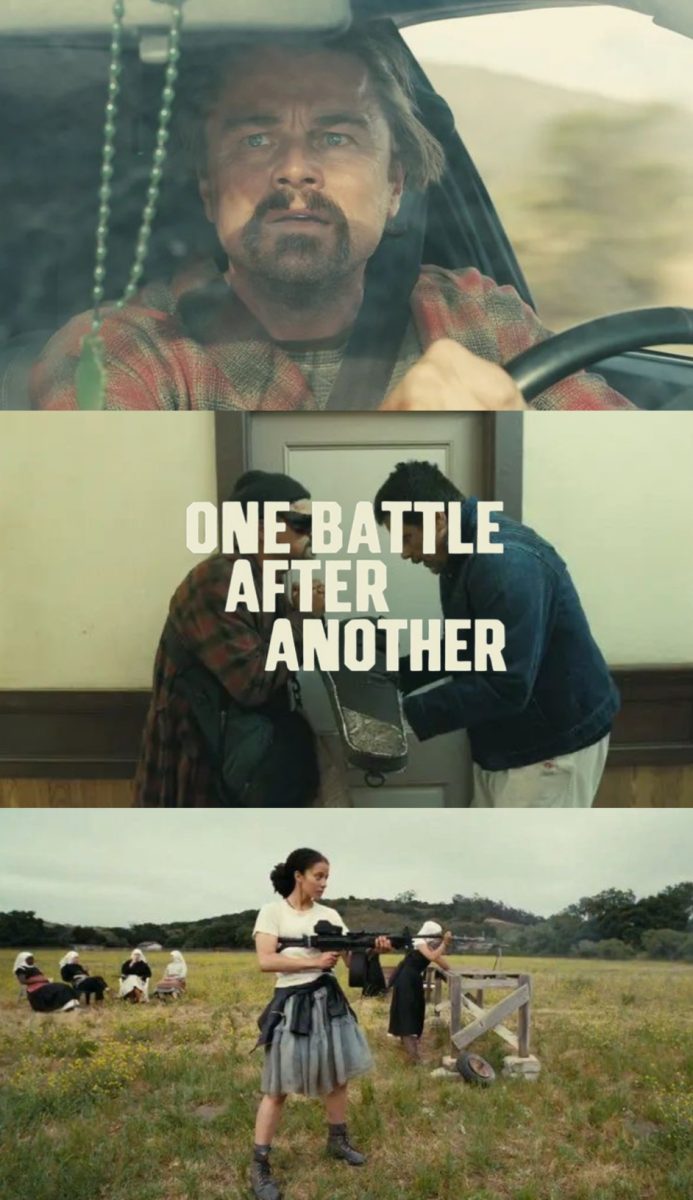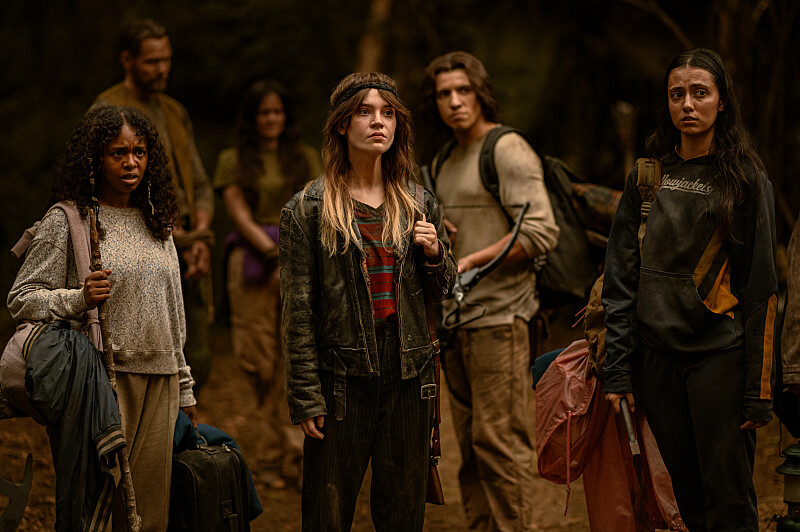“Food Wars!: Shokugeki no Soma,” a popular and iconic cooking genre of anime has concluded its anime adaptation as new contents ran out.
This anime adaptation is based on a manga of the same name. The anime was directed by Yoshitomo Yonetani and was created by the studio J.C.Staff. New episodes aired between April 2015 and September 2020. Viewers in the United States can watch the anime for free on Crunchyroll and some of its seasons on Netflix.
At the beginning of the show, teenager Soma Yukihira aspires to become a full-time chef in his family restaurant, Yukihira Diner, and to be a better chef than his father. Much to his surprise, he found out that the restaurant will be closing while his father is working abroad. Not only that, he is applying to the best culinary school in Japan, Totsuki.
Over the course of the show, Soma has two more goals: to be at the top of this elite academy and to impress the leading lady Erina, who has the special ability of God Tongue. God Tongue is a term for people who have taste buds that are so sensitive that they have the ability to analyze every ingredient in the food they eat.
The hardest obstacle for Yukihira appeared to be the school he attends. This school has challenges and tasks for its students that require them to go above and beyond basic culinary skills and perseverance, such as making one’s bitter ingredient tasteful, earning a lot of money for the final test and of course, having cooking battles.
Some of the types of cooking styles that the show introduced are hospitality, medicinal, fermentation, wild game meats, smoking, donburi (Japanese food bowls), gastronomy, seafood, spices, foul-smelling, confectionary and exotic. Furthermore, the show implemented the idea of five main cuisines: French, Turkish, Indian, Italian and Chinese which are known to be distinctive from each other and can affect other cuisines around the world.
The uniqueness of “Food Wars” is an important factor that draws the audience into the show. This show capitalizes on the relationship between the chefs and the tasters. When the chef makes the food with passion, efficiency and creativity, the taster will be fully immersed in the experience received by the deliciousness of the dish. The reactions of the dishes are quite phenomenal as the audiences get to see and hear tasters climaxing as they fall into the manifestation of the dishes.
Even though the name of the show is “Food Wars,” this show does not show the details of the dishes that are not vital to the storyline.
One interesting decision the show creators have made is to compare the ideologies between the different sides of the food industry, fancy vs. simple, local vs. food-chain and originality vs. by the book.
Many chefs may know that the grades of the ingredients are not the only factor that contributes to the dish. With the right combination of spices, sauces and cooking techniques, a simple homemade dish can surpass the Michelin star dish anytime. It is a fair fight since some chefs and restaurants cannot afford the better quality of ingredients such as Grade A5 meat, the best quality of meat.
Some of the best parts of the show happened when the characters got their nicknames during “Food Wars,” such as Heaven-Sent Child of Molecular Gastronomy and Little Red Riding Hood of the Forest of Wild Beasts.
This show definitely opened the door for the viewer’s exposure to food science whenever it explains the reasons why each dish has turned out to be more than good, from the heating to the marinating of the food.
As far as shonen anime goes, the show built itself on the formula of the main male protagonist, hero’s journey and support girls, or harem anime. Compared to similar shows like “Naruto Shippuden,” “Food Wars” focused on the ladies’ motivations and backstories, rather than putting them on the bench.
Fan-service can surely be a great tool for many animes. Fan-service is a well-known description of the content when the creative team intentionally focuses on the audience’s pleasure. For example, when characters fall in love after fans shipped them together. Moreover, it is highly recommended to watch the opening and closing sequences as artists created songs specifically for the anime.
The last season of the show is not the best compared to the rest of the series, as chefs who are working for the illegal organization use tools such as a saw or juggling balls to make food. Other than the fictional ways of cooking, the show has provided fan-services with many reunions throughout the season. Many characters, including the main ones like Soma and Erina, have their resolutions during the finale.
As Yukihira says in the show, “But ya know if you just sit at the table playing the critique, you’ll never grow in the kitchen.”


